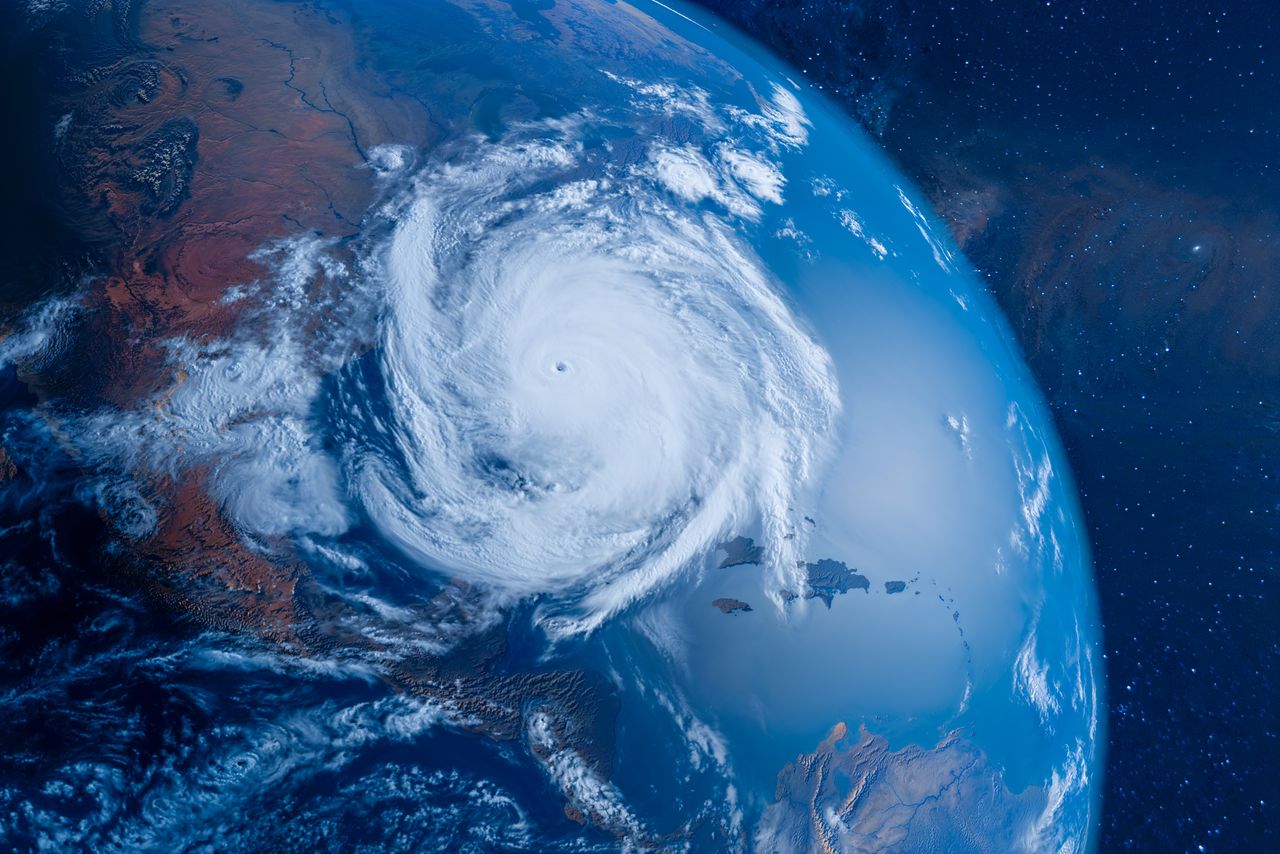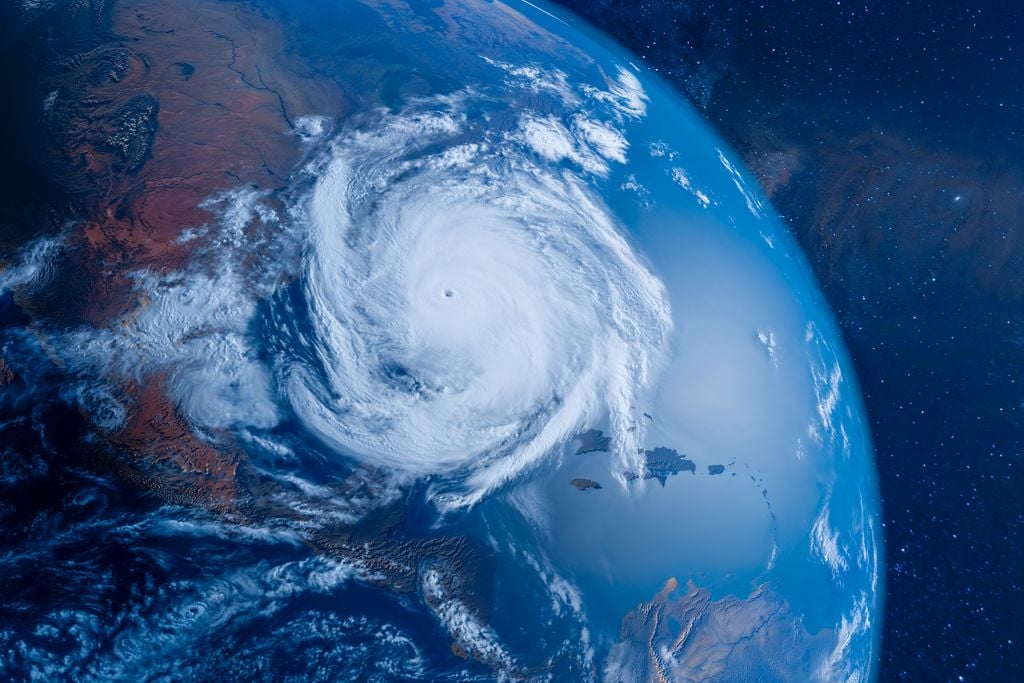NASA has recorded powerful gravitational waves from Hurricane Helen spreading across the Earth’s surface.


Hurricane Helen, which struck the Florida Gulf Coast on September 26, 2024, not only caused storm surge and severe weather, but caused huge gravitational waves in the upper layers of the Earth’s atmosphere.
He Atmospheric Wave Experiment (NASA’s AWE), installed on the International Space Station, recorded these atmospheric fluctuations from approximately 55 kilometers above the Earth’s surface. These observations help scientists study how weather conditions on Earth can influence space weather, affecting satellites and communications systems.
Role of AWE in Hurricane Impact Monitoring
NASA’s AWE, launched in 2023, is part of an ongoing effort to understand how Earth’s weather phenomena influence the space environment. The AWE, installed on the International Space Station, scans the atmosphere for atmospheric gravity waves caused by disturbances such as hurricanes. These waves look like ripples in the mesosphereupper layers of the Earth’s atmosphere, and AWE detects them, recording changes in infrared lightalso known as Atmospheric glow.
Hurricane Helen caused huge ripples in the Earth’s upper atmosphere. @POTAWE tool on @Space_Station captured images of these atmospheric gravity waves, helping scientists understand how Earth’s weather can influence space weather. https://t.co/CHmSKXa75M pic.twitter.com/i6tnW6iyvv
— NASA Earth (@NASAEarth) November 12, 2024
On September 26, AWE detected gravitational waves caused by Hurricane Helen, which struck Florida. The device saw concentric waves. which extended outward from the center of the stormalmost like the ripples on a pond after a drop of water falls. The waves, visible in false colors such as red, yellow and blue, helped scientists confirm that AWE is sensitive enough to detect How hurricanes affect the upper atmosphere.
How gravitational waves link meteorology and space weather
Gravitational waves are an important part of NASA’s research into how weather conditions can influence space weather. These waves travel high in the atmosphere where they can influence communication signals and disrupt the operation of satellites. By studying them, scientists will be able to better understand how storms such as hurricanes not only affect Earth’s weather, but also influence the space environment.
USU President Elizabeth Cantwell specifically thanked the NASA-funded USU Physics Atmospheric Wave Experiment (AWE) science team in a short video posted Aug. 28, 2024, to her social media while attending USU’s “Day on Earth.” Quadro”: https://t.co/ju0rROexdI @PhysicsUsu pic.twitter.com/tBq7kGqqYc
— Utah Science (@UStateScience) August 30, 2024
Images of gravitational waves from Hurricane Helen provide valuable data for NASA’s long-term space weather monitoring mission. These waves can not only affect satellites in orbit, but also influence global communication systems They depend on signals that pass through the atmosphere.
A new era in atmospheric research
Recent images of gravitational waves from Hurricane Helen are just the beginning of AWE’s pioneering work. As part of NASA’s broader space weather study, AWE data will help scientists map the relationships between Earth’s climate and space weather. This research will allow us to develop better systems for protect critical technologies atmospheric disturbances.
Continuing its mission to the International Space Station, AWE will monitor other weather phenomena which generate such waves. These results will help develop strategies to improve satellite stability and protect communications networks from the unexpected effects of severe weather such as hurricanes.
Link to news:
Thomas, W. “Hurricane Helenes Gravity Waves Revealed by NASA AWE” https://science.nasa.gov/earth/hurricane-helenes-gradity-waves-revealed-by-nasas-awe/
